Fertilizer for indoor and garden plants from banana peel
It is clear that we are not talking about large landowners, but about the owners of dacha eight acres or a personal plot of a country house.
Banana peels are especially useful for greenhouse plants grown in winter.
And they have little light, and warmth. And after peeling banana peels, tomatoes, cucumbers, cabbage and green crops will surely thank the gardener for taking care of good growth and a generous harvest.
Fertilizer recipes
There are several ways to make banana fertilizer:
- bury in the ground;
- insist in water;
- make compost;
- to freeze;
- dry;
- fry.
Let's start with the first, the simplest - “bury it in the ground”. When planting seedlings or caring for mature plants, it is recommended to bury cut banana skins next to the ground. Tomatoes are especially fond of this "delicacy", and cucumbers will delight you with large juicy fruits. Among garden flowers, the most susceptible to it roses... The skins themselves "dissolve" in the ground within 10 days, significantly improving the composition and structure of the soil.
We pass to the method of infusion on water. It is recommended for use in greenhouses. You need to take 3 banana peels, put them in a 3-liter jar and fill with water so that it reaches the neck of the container. The water temperature should be at room temperature. After 2 days, strain, dilute with water in a ratio of 1: 1 and start watering garden crops.
Any summer resident knows how good compost is for planting. And banana compost will surpass all expectations. To prepare it, you need to take garden soil, add finely chopped skins to it, pour with "Baikal" and mix thoroughly. Repeat all operations in a month. And by spring, the greasy, black, fertilizing compost can be used in the beds. Bulbous cultures are especially susceptible to it.
Advice: so that the banana peel as a fertilizer buried in the ground does not poison the soil with a batch of overseas "chemistry", the banana must be thoroughly washed with hot water before use, or better with a brush.
The fact is that when bananas are still growing on a palm tree, they are already exposed to pesticides. Once collected, they are soaked in vats with the addition of chemicals to wash off the milky juice. During transportation, special substances are often also used that increase the shelf life. All this leads to the accumulation of harmful chemicals on the banana skin that must be washed off.
Harvesting skins for future use
So that the question does not arise of where to get so many skins to provide them with the entire site, we move on to the next method - freeze. To do this, we start a special tray in the freezer and put the skins into it. I ate banana skin in the tray. And when they are needed - in the spring or at some other time - they took out and fertilized.
If there is no room in the freezer, the banana skins can be dried. In the heating season, this is easy to do on batteries: just lay them on top of the heating devices, and when they dry, grind and transfer them to a paper bag. When it's time to cook cups for seedlings, put them in the bottom layer of the earth, because on the surface of the peel, bananas will quickly mold.
Another way is to roast them in the oven. To do this, take a foil and spread the banana peel on it with the soft side up. And put in a preheated oven. When the banana fertilizer is fried, it must be cooled, chopped and also folded into an airtight container. For each plant, you need to add 1 spoon of such fertilizer.
Home Plants Care
You can also feed home plants with banana peels.This is a free fertilizer that provides flowers with a whole range of nutrients. For 20 pots, you need only 6-7 banana peels. The subcortex acts moderately, without causing chemical burns and overdose. But there is one thing: insects (ants, other small pests) are not averse to feasting on sweet fruit residues. And they pose a real threat to flowers.
Therefore, here you need to weigh the pros and cons before you bury the banana peel fertilizer in the pot. It is better to make a powder from dried raw materials and pour it under each indoor flower (1/2 tsp per plant). The frequency of fertilizing is once a month. Most sensitive to such feeding begonia, cyclamen and saintpaulia.
I would like to warn amateur flower growers against using peels of other fruits for feeding flowers. It is banana waste that is best suited for fertilization. This fact has been officially confirmed by scientists.
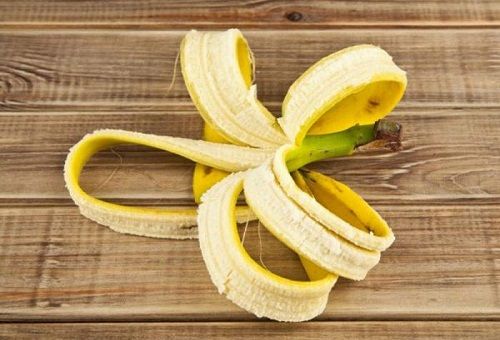
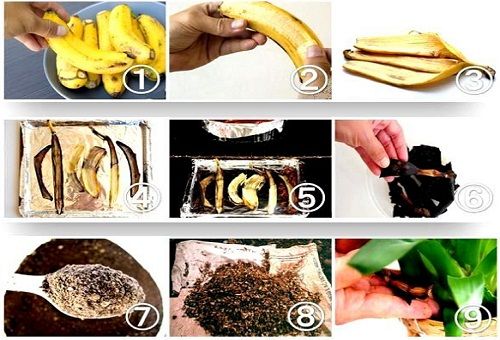
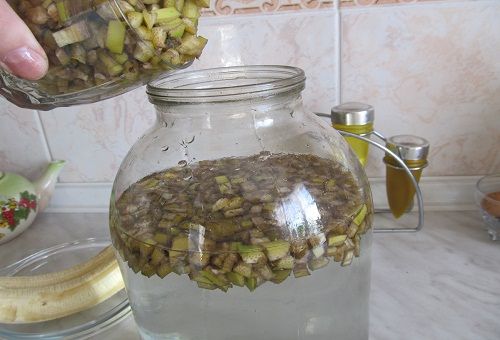
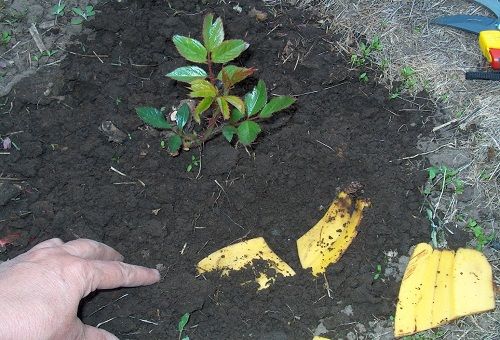
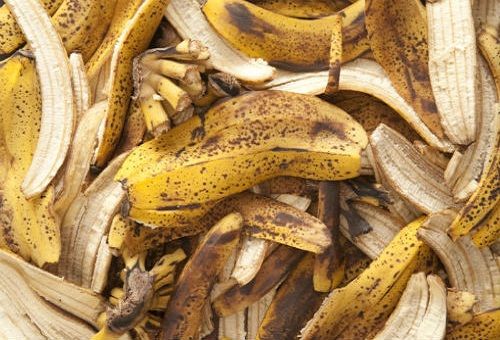
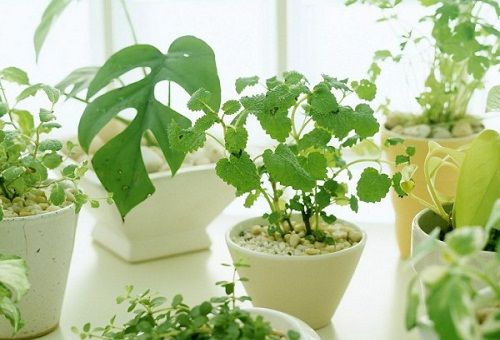
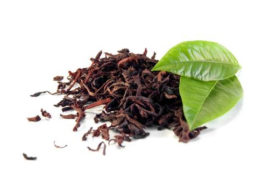
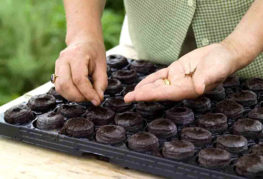
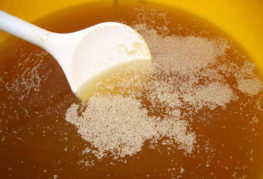
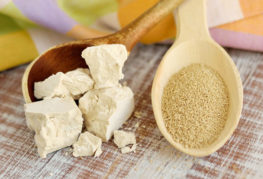
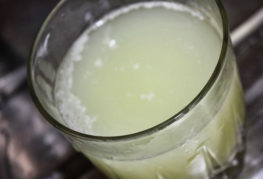
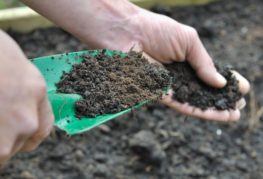
banana is a herb, does not grow on a palm tree ...